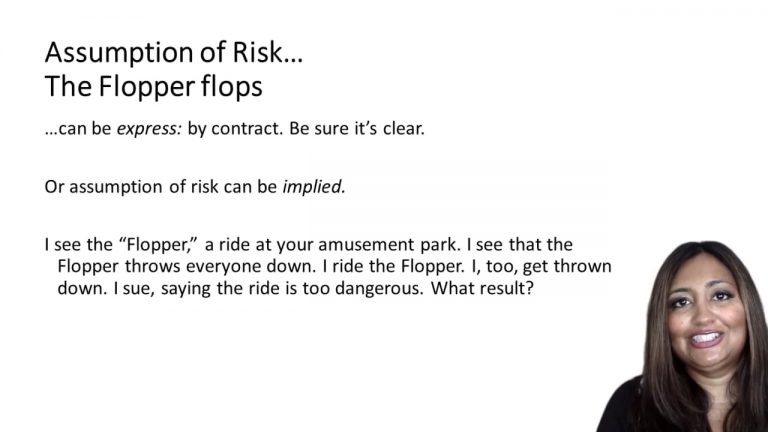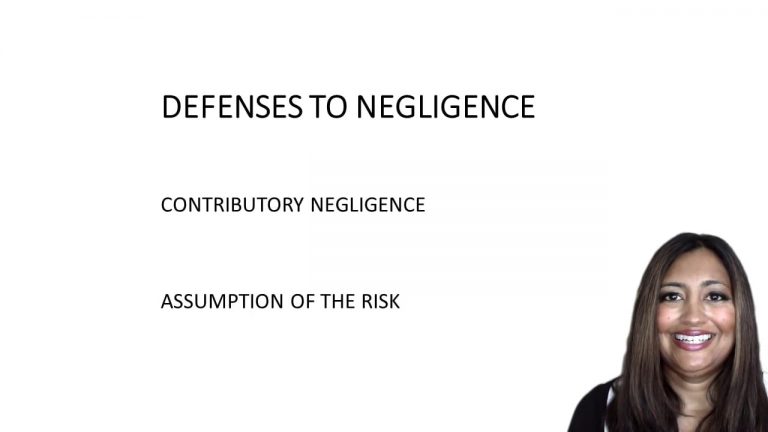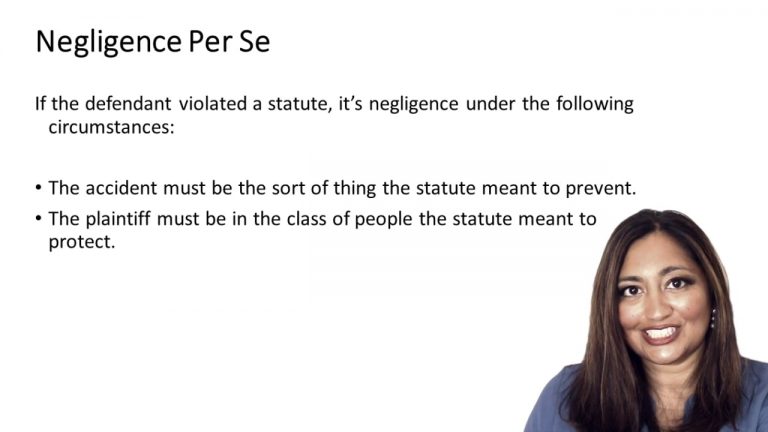SmartBrief
Confirm favorite deletion?
Torts keyed to Robertson
Zerby v. Warren
Citation:
Supreme Court of Minnesota, 1973. 297 Minn. 134, 210 N.W.2d 58.Facts
On August 31, 1969, the Plaintiff, Steven Zerby, and his friend, Randy Rieken, went to the Coast-to-Coast store in Austin, Minnesota. The Plaintiff was 14 years old and Rieken was 13 years old. Coast-to-Coast was owned by Defendant Chester Warren who employed Defendant Robert Deike as a clerk in the store. Rieken purchased two pints of contact cement at the store from Defendant Dieke, who sold it within the scope and course of his employment at the store. The contact cement was a form of glue and contained toluene. The glue was also not part of a packaged kit for the construction of a model automobile, airplane, or similar item. At the time the sale was made, neither of the Defendants were aware that the sale violated a Minnesota Statute, Minn. St. 145.38, which had become effective on July 1 of that year. The statute recognized the potential harm that could happen to minors from sniffing glue and enacted provisions to control its sale and use.
After Rieken purchased the glue, he and the Plaintiff left and intentionally inhaled the fumes from the glue. The Plaintiff died as a result of sniffing the glue as the fumes had a negatively effect on his central nervous system, causing him to fall into a creek and drown.
Only StudyBuddy Pro offers the complete Case Brief Anatomy*
Access the most important case brief elements for optimal case understanding.
*Case Brief Anatomy includes: Brief Prologue, Complete Case Brief, Brief Epilogue
- The Brief Prologue provides necessary case brief introductory information and includes:
Topic:
Identifies the topic of law and where this case fits within your course outline.Parties:
Identifies the cast of characters involved in the case.Procedural Posture & History:
Shares the case history with how lower courts have ruled on the matter.Case Key Terms, Acts, Doctrines, etc.:
A case specific Legal Term Dictionary.Case Doctrines, Acts, Statutes, Amendments and Treatises:
Identifies and Defines Legal Authority used in this case.
- The Case Brief is the complete case summarized and authored in the traditional Law School I.R.A.C. format. The Pro case brief includes:
Brief Facts:
A Synopsis of the Facts of the case.Rule of Law:
Identifies the Legal Principle the Court used in deciding the case.Facts:
What are the factual circumstances that gave rise to the civil or criminal case? What is the relationship of the Parties that are involved in the case.Issue(s):
Lists the Questions of Law that are raised by the Facts of the case.Holding:
Shares the Court's answer to the legal questions raised in the issue.Concurring / Dissenting Opinions:
Includes valuable concurring or dissenting opinions and their key points.Reasoning and Analysis:
Identifies the chain of argument(s) which led the judges to rule as they did.
- The Brief Prologue closes the case brief with important forward-looking discussion and includes:
Policy:
Identifies the Policy if any that has been established by the case.Court Direction:
Shares where the Court went from here for this case.
Topic Resources
Topic Videos
 2m 54s
2m 54s 2m 18s
2m 18s 8m 28s
8m 28sTopic Refresher Courses
